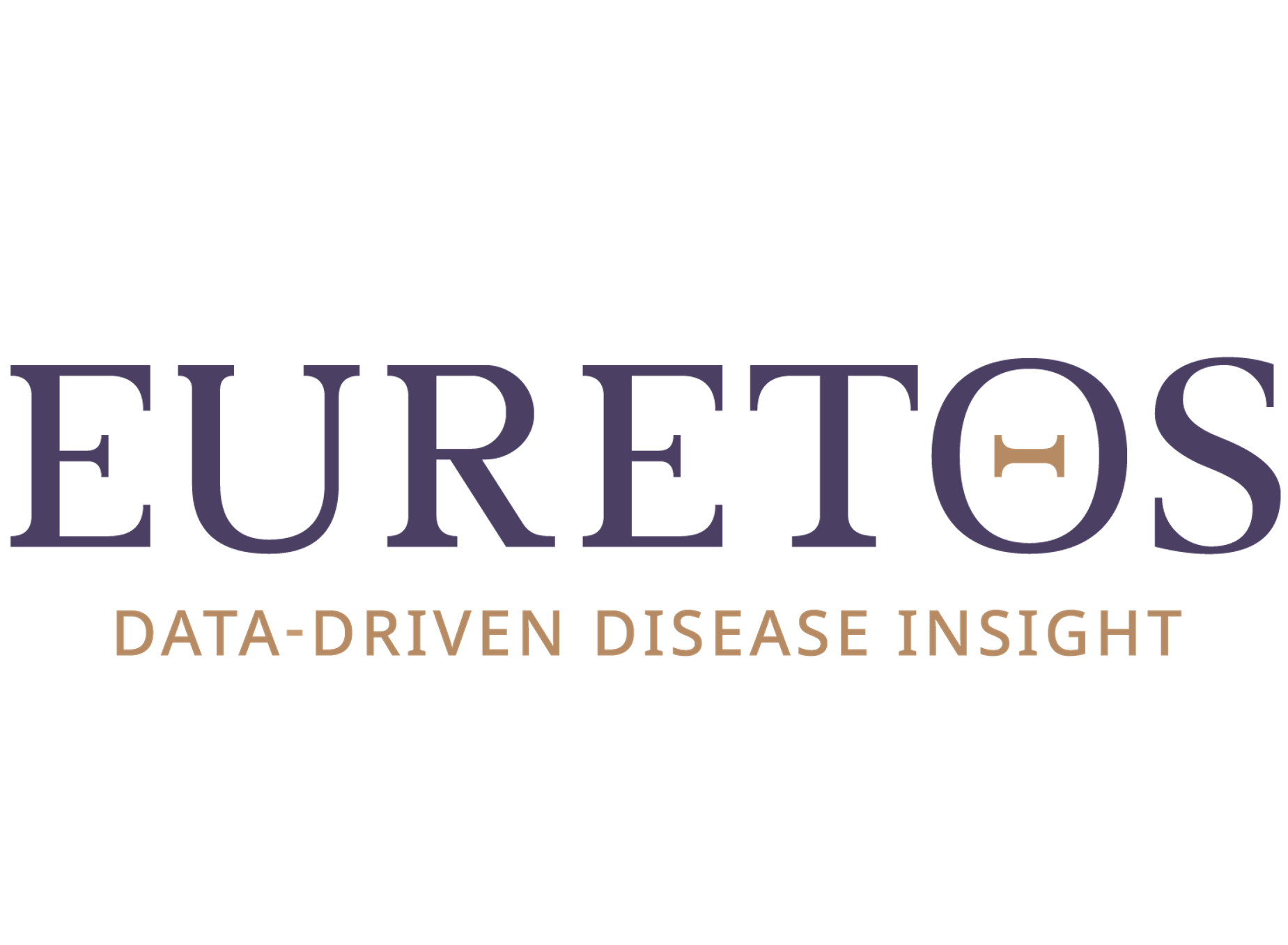This blog is a summary of the presentation by Arie Baak of Euretos that will be held at the Global Pharma R&D Informatics conference on the 1st of December in Lisbon. The main topic is how the Euretos AI platform enables researchers, most of which are ‘casual users of IT, to use big data analytics that are usually only available to big data analytics experts.
The ability to guide researchers to discover novel therapeutic targets or biomarkers is regularly confirmed through recent scientific discoveries in various disease areas, such as: breast cancer, pancreatic cancer, chronic kidney disease and traumatic brain injury.“We are very honoured to have been selected to present at this unique event organised by EMBL”, says Aram Krol, Head of Product Management at Euretos. “It is an especially interesting event as academic and industry partners are equally represented. We have strong evidence that our target identification scoring model is highly effective in predicting suitable drug targets and will be presenting especially on the progress we have made in this area”.
Life sciences research is increasingly relying on big data analytics to drive scientific discovery. One of the contributing factors to this trend is the fact that researchers are confronted with a rapidly growing body of scientific literature and databases required to interpret experimental outcomes.
Take, for instance, the area of preclinical target/biomarker discovery and validation. To assess whether a novel gene may play a causative role in a certain disease pathology, many aspects need to be considered including its interaction with(in) dysregulated genes, disease variants, metabolic interactions, pathways, cellular & molecular processes, organ & tissues functions and disease phenotypes (figure 1).
The value of leveraging big data analytics would be greatly increased if this reliance on others could be minimised. The Euretos AI platform bridges this ‘IT expertise gap’ and puts the power of bioinformatics and big data analytics directly in the hands of biologists and researchers. Achieving this requires an approach that fundamentally matches the needs, interests and abilities of this type of user.
Most biologists and researchers are so called the so ‘casual users of IT’. A ‘casual’ user just wants to get a job done and has no interest in mastery of a tool. Being a casual user doesn’t mean you are a novice or infrequent user. Most researchers having been using Excel for years and do so on a regular basis, but only have a ‘casual’ understanding of how it can be used. In essence, casual users need to draw value from any application they use intuitively ‘as they go along’ requiring little effort, otherwise they will lose interest and move on.
If we want to empower life sciences researchers to drive their In Vitro and In Vivo research activities, we need to put the power of big data analytics in the hands of casual users of IT
In order to support researchers as ‘casual users of IT’, Euretos applies a number of key design principles that are essential to our target/biomarker discovery and validation platform:
Putting the power of bioinformatics and big data analytics in the hands of the researcher is an ongoing process where essentially platforms engage with users more and more as intelligent entities; understanding user needs and intentions and providing a relevant dialogue. This can always be improved upon, but as long as the essential elements are in place progress will be made. Especially in the area of preclinical target/biomarker discovery and validation Euretos looks forward to keep pushing these boundaries to further empower researchers.
Subscribe to our mailing list and receive our quarterly updates!
Read our Terms and Conditions

Keep up with our latest news and events. Sign up for our newsletter.